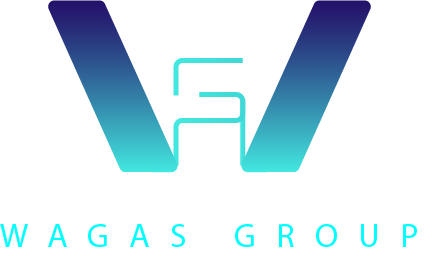Deep technologies—novel technologies that offer significant advances over those currently in use—are attracting an unprecedented amount of interest and activity. The aggregate global private investment in seven deep tech categories researched by BCG and Hello Tomorrow soared by more than 20% a year from 2015 through 2018 to reach almost $18 billion.
Deep tech is no longer the primary purview of deep pockets—or of the scientific community. A number of trends have brought us to a point of major change in how deep tech research is pursued and how new technologies are brought to market. Innovation is a much more fragmented and diverse endeavor than ever before—geographically, functionally, and industrially. Some suggest that we are at the beginning of a new cycle that could carry R&D for the next two to three generations or that we may be shifting from the end of one cycle, a “deployment” phase—which has been mostly about building applications that are based on existing information and communications technologies—to the beginning of an “installation” phase in which new technology infrastructures are constructed. Clearly, a new deep tech ecosystem is taking shape, with big ramifications for all players, most notably companies, investors, and startups.

